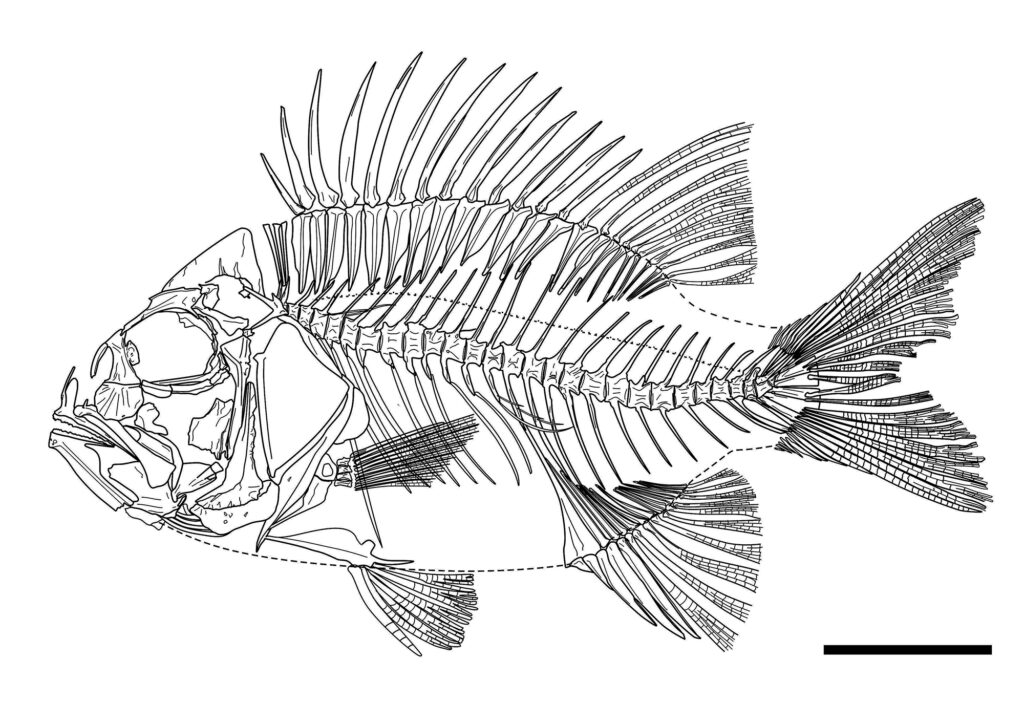New 95 Million Year Old Fish Species Discovered In Mexico
Palaeontologists have discovered a new species of fish that lived 95 million years ago.
Palaeontologists from the Institute of Geology at the National Autonomous University of Mexico (UNAM) found the fossil in the municipality of Ocozocoautla de Espinosa in the south-eastern Mexican state of Chiapas in 2018.
Despite the discovery being three years old, it only recently came to light after the species was described in the British research publication Papers in Palaeontology.

The fish’s most salient characteristic is the presence of numerous spines on its dorsal and anal fins.
The experts concluded it lived approximately 95 million years ago, during the time of the dinosaurs.
Kleyton Magno Cantalice Severiano and Eduardo Villalobos Segura of UNAM and Bruno Andres of the University of Science and Arts of Chiapas named the new species Choichix alvaradoi.

They chose the name in honour of Mexican academic Jesus Alvarado Ortega, who dedicated his professional life to studying fish fossils found in Mexico.
Not only is the fish a new species, but it is also a new genus (the taxonomic rank above species).
It belongs to the taxon Acanthomorpha, which contains about one third of the world’s modern species of vertebrates.

The location where the fossil was discovered has been the site of several similar finds from the Cenomanian age (roughly between 100.5 and 93.9 million years ago) dating back to 2006.
In a press statement obtained by Newsflash, Magno said: “It was previously believed that the fish had…migrated to this part of the Americas.
“However, we now see that the oldest, most primitive fish were in this region and later diversified across the Tethys Sea.”



